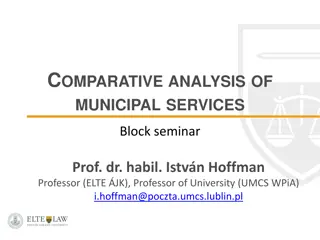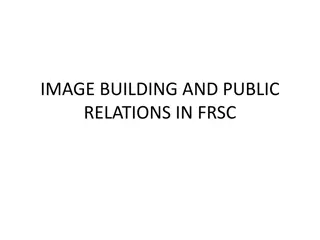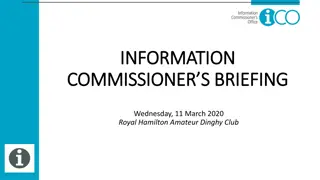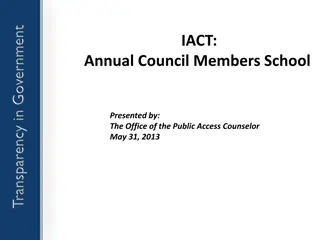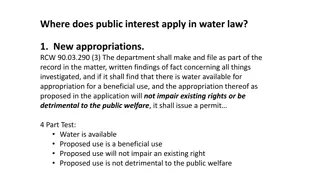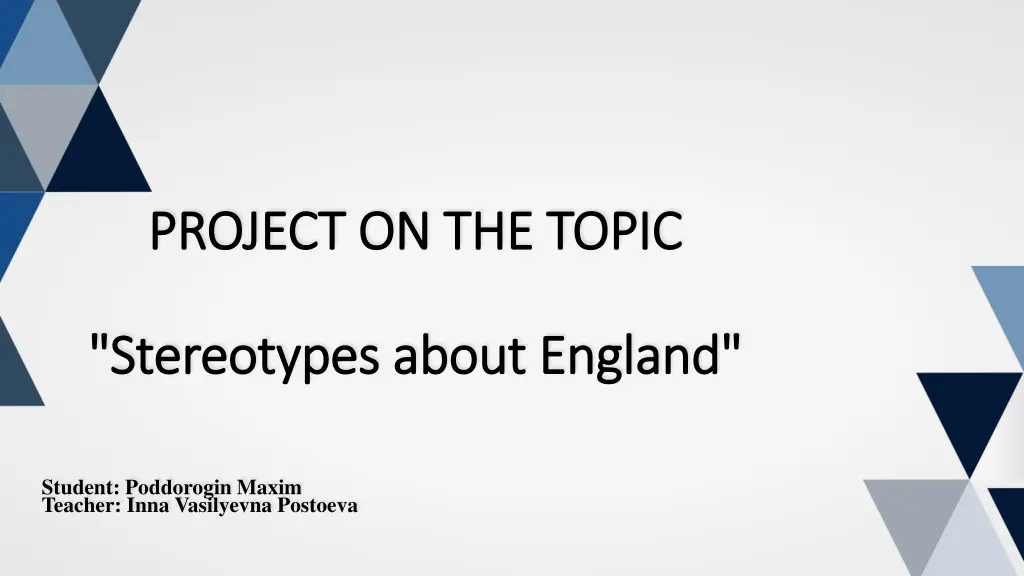
Exploring Stereotypes About England
Delve into the world of stereotypes about England and the English people. Discover the essence of stereotypes, their impact on society, and common misconceptions. Uncover the truth behind popular beliefs and broaden your understanding. Explore the research on how these stereotypes influence perceptions.
Download Presentation

Please find below an Image/Link to download the presentation.
The content on the website is provided AS IS for your information and personal use only. It may not be sold, licensed, or shared on other websites without obtaining consent from the author. If you encounter any issues during the download, it is possible that the publisher has removed the file from their server.
You are allowed to download the files provided on this website for personal or commercial use, subject to the condition that they are used lawfully. All files are the property of their respective owners.
The content on the website is provided AS IS for your information and personal use only. It may not be sold, licensed, or shared on other websites without obtaining consent from the author.
E N D
Presentation Transcript
PROJECT ON THE TOPIC PROJECT ON THE TOPIC "Stereotypes "Stereotypes about about England" England" Student: Poddorogin Maxim Teacher: Inna Vasilyevna Postoeva
Content Introduction I. What is a stereotype? 1.1. The concept and essence of stereotypes 1.2. Types of stereotypes 1.3. The role and significance of stereotypes II. The main stereotypes about England and the English Conclusion
Introduction In the minds of many people around the world, England is associated with many stereotypes. Some consider it the land of tea drinking and umbrellas, others - the place where all the apple trees bloom in May, and still others - the place where true gentlemen and ladies live. Let's look at some of these stereotypes and find out how they correspond to reality. Astereotype is a well established pattern of behavior or opinion in society that the majority adheres to. Stereotypes are created by people and society as a whole based on many years of experience. This is a long process and therefore it is impossible to destroy the stereotype in one day. Stereotypes limit people's thinking and force them to evaluate everything according to them. People should dispel myths and learn to think more broadly. That is why we find the research topic relevant. We decided to find out, analyze and understand whether people know and believe stereotypes about England. The purpose of the work: Do the residents of Russia know about stereotypes, do they believe them? To achieve the goal, the tasks are set: 1. Find out what a stereotype is; 2. Find out what stereotypes exist about England; 3. Describe the stereotypes of English culture; The following research methods were used in the work: Theoretical (study of literature and information on the Internet, information processing,)
I. What is a stereotype? 1.1. The concept and essence of stereotypes The concept of "stereotype" is defined differently in different sources and by different scientists. Translated from Greek, the stereotype "stereotypos" means "hard imprint". The term "stereotype" was introduced in 1922 by Walter Lippman. Walter Lippman, an American journalist, sociologist and psychologist who dealt with the problem of social stereotypes interpreted it as "a picture in our head," he also defined an ethnic stereotype as "a simplified, schematized, emotionally colored and extremely stable image of any ethnic group or community, easily spread to all its representatives." If you turn to the Internet, then: Astereotype is a stable generalized image, representation or opinion about a group of people, phenomena or events that does not always correspond to reality. A stereotype can be positive or negative and is often based on prejudices and social norms. It can be generated by media, culture, society and personal experience. Stereotypes can be harmful, as they can form incorrect views and limit their opportunities and cause discrimination.
1.2. Types of stereotypes Age stereotypes are the ideas established by society about what people of a certain age should be. They may include expectations about behavior, interests, abilities and habits, as well as an assessment of a person's social value and usefulness based on his age. Age stereotypes can be positive or negative, but they can lead to inequality and discrimination in the treatment of people of different ages. A social stereotype is a template representation of a group of people, which is based on generally accepted opinions, prejudices and stereotypes about its characteristics, interests, behavior and culture. Stereotypes can be positive or negative, but they often include generalizations that do not reflect the actual diversity between people within each group. Social stereotypes can have serious consequences, such as discrimination, racism, sexism or xenophobia. Ethno-cultural stereotypes are generally accepted ideas and opinions about representatives of a certain ethnic or national group, which are often based on incomplete or distorted data, narrow perceptions and personal experiences. Ethno- cultural stereotypes can affect the interaction between people of different nationalities or cultures, as well as lead to social discrimination and misunderstanding. Examples: typical Chinese: small, calm, hardworking, cunning; typical American: big, progressive, energetic, competitive; typical Russian: bear, balalaika, matryoshka, borscht.
1.3. The role and significance of stereotypes 1.3. The role and significance of stereotypes Stereotypes have a number of roles and meanings that can influence people's lives and behavior: 1. Facilitating adaptation to culture: Stereotypes can help people adapt to a new culture faster, avoid conflicts and violations of social rules. 2. Quick Decision-making: Stereotypes help people make decisions faster based on ideas about people and things. 3. Resistance to change: Stereotypes can be resistant to change and persist for a long time. 4. Transfer and preservation of cultural identities: Stereotypes can help preserve cultural identities and heritage, especially in a multicultural society. 5. Promoting discrimination: However, stereotypes can also cause discrimination, which can lead to violations of people's rights and conflicts in society. Thus, stereotypes can perform both useful and harmful functions, their meaning depends on how they are used in society.
II. Stereotypes about England 1.England is a country of tea drinking This stereotype is very common. However, although tea is really very popular in England, it is not the only drink. In England, coffee, beer, carbonated drinks and wine are also very popular. 2.The British drink tea around the clock Although tea is really very popular in England, this does not mean that the British drink it around the clock. As in other countries, people in England drink tea mainly in the morning and afternoon. 3.England is a land of fogs This stereotype arose due to the fact that England is really often immersed in fog. However, this does not mean that fogs accompany her every day. Most of the time the weather in England is not foggy at all. 4. England is a country of conservative people Although conservatism is quite present in English society, this does not mean that all Englishmen are placed within the framework of this stereotype. England is a very democratic country in which there is freedom of speech and action. 5. The British do not like loud expressions of feelings This is an incorrect stereotype. Although the English are not as expressive as many other peoples, they are by no means constrained and closed. They can openly express their feelings and emotions in appropriate circumstances. 6. The English wear hats and raincoats Hats and raincoats are quite common wardrobe items in England. However, they are not generally accepted. Most English people wear the same clothes as in other countries. 7. English food is boring and not tasty This stereotype refers to the past. Currently, in England, you can taste many different dishes, ranging from traditional English pies to dishes of world cuisine. 8. The English are very polite and formal Politeness and formality are important parts of English culture. However, this is not the most important thing. The English behave quite naturally, and if they see that you are calm and natural, they will also behave similarly. 9. England is a country of refined manners and nobility Although in England you can meet noble and refined people, most of the inhabitants are ordinary people who do not always follow their behavior. The English are not the essence of nobility, only your own sense of style is important. 10. The British like to say "smart" words and phrases One of the typical features of English speech is the use of formal words and expressions. However, this does not mean that the British like to say "smart" words and phrases. In speech, they use those words that correspond to the context, and do not feel the need for more complicated speech than necessary.
Conclusion As a result of our work, the concept of a stereotype and the understanding of this phenomenon were studied. Comparing and summarizing the above definitions, we concluded that the concept of "stereotype" consists of the following components: 1. The image of people or a group of people. 2. Attributes attributed to this group of people. 3. Expected behavior or social roles attributed to these people. 4. Attitude towards this group of people or an individual representative of the group. Stereotypes help a person to quickly and effectively navigate the surrounding reality, avoid dangerous situations and make quick decisions. However, stereotypes can be erroneous and lead to incorrect perception of people and situations, so they should be used with caution and critical thinking.






